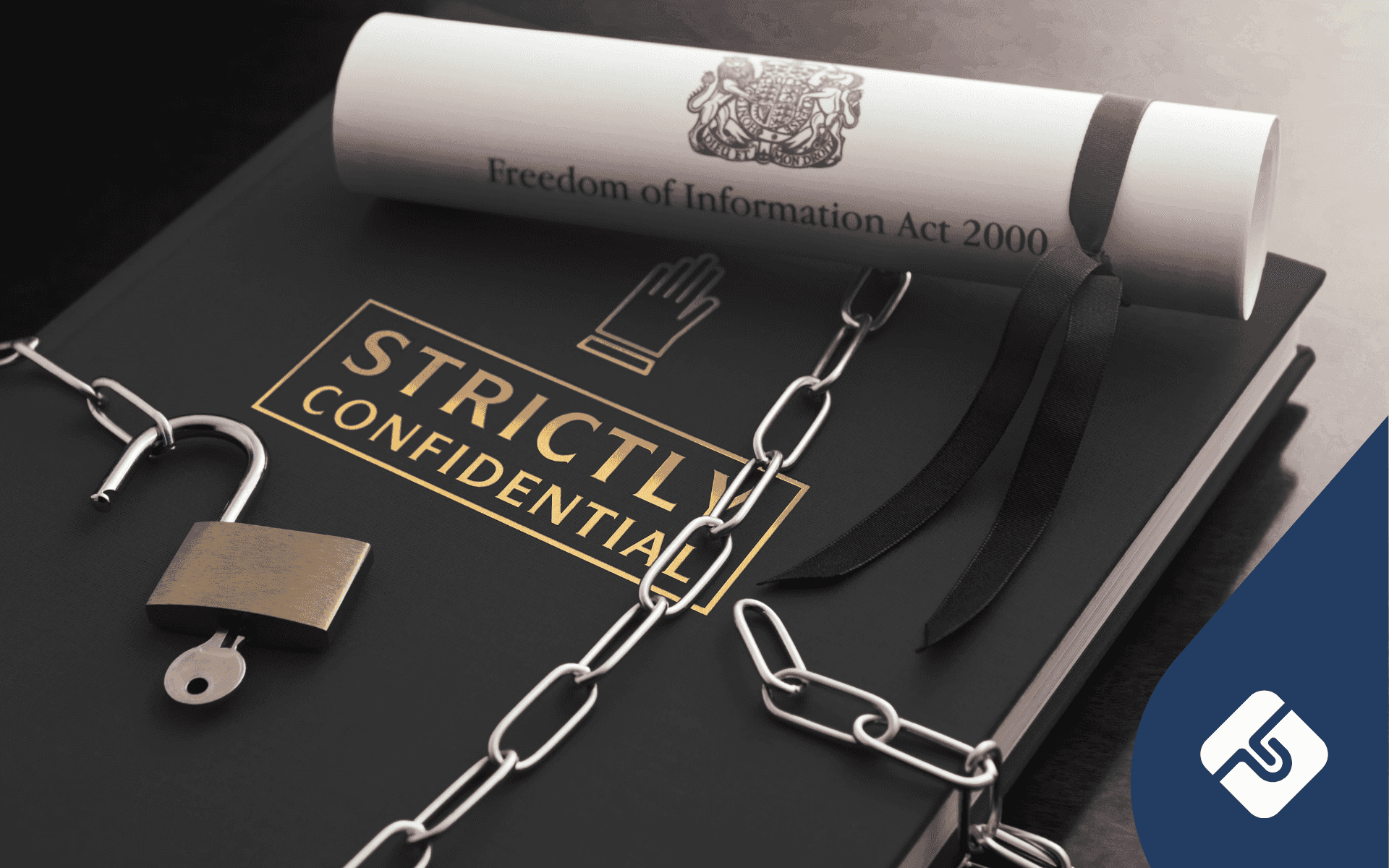If two parties are in dispute over a commercial or corporate matter, such as a breach of commercial contract by a company, they can decide to bring the matter before the Court. As part of effective case management practice, the Federal Court endorses the ‘concise statement’ approach as the preferred method. This is an essential principle to be across for any applicant about to commence a commercial or corporate case. With the help of a Commercial Litigation Lawyer, the applicant drafts a concise statement and files this in support of an originating application. It should outline the key issues in dispute and emphasises the overall dispute to the Court and the accused. For any applicant about to commence commercial proceedings, keep reading to find out why a concise statement is useful.
What is the purpose of a concise statement?
The purpose of a concise statement is to simplify the key issues in dispute. Applicants may commonly feel frustrated at the Court process, due to the complexities of the proceedings, time and high costs involved. It therefore makes it easier for the Court and the applicant to understand what are the key issues at hand, without indulging into too much unnecessary details. It should therefore provide enough detail of the dispute and steer the Court’s focus only to the relevant issues. In some instances, if a concise statement is sufficiently detailed, this could mean filing a statement of claim is unnecessary. For example, see the Australian Competition and Consumer Commission v Phoenix Institute of Australia Pty Ltd [2016] FCA 1246.
What is included in a concise statement?
A concise statement should clearly outline the following (generally in narrative format):
- The important facts and relevant background
- The key issues in dispute
- The harm (i.e. damage) suffered by the applicant and estimated costs of damage and loss
- The legal reasons for relief and who the relief is against
As a rule of thumb, the concise statement should not be longer than 5 pages in total. However, the Court may allow an exception for cases that are particularly difficult and complex in nature. Keep in mind, the Court allows these circumstances only limited to a minimum – otherwise it may defeat the overall purpose. It should also be written in a style that is straight to the point, easy to read and concise. It should not be repetitive, go off track from the main issues or include irrelevant information.
Concluding thoughts
To conclude, it is important to remember a concise statement emphasises the key issues and facts of a dispute. However, it is important to also consider if it is appropriate for your case. This is determined by the relevant facts, nature and complexity of the dispute at hand. We suggest you consult with a Commercial Litigation Lawyer to best determine whether it suits your circumstances and to assist in its preparation if needed.

Get a fixed-fee quote from Australia's largest lawyer marketplace.






